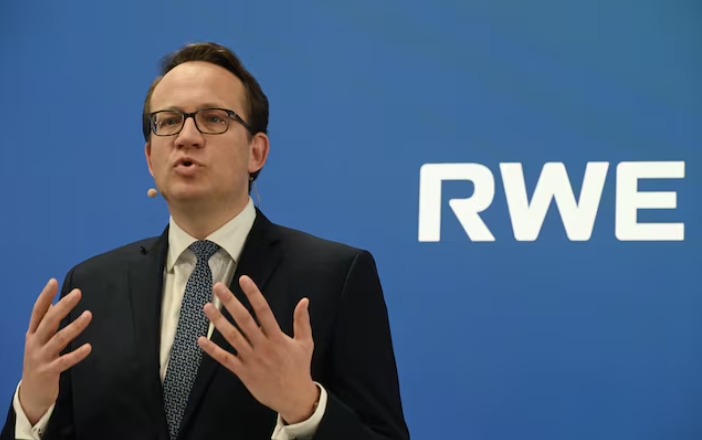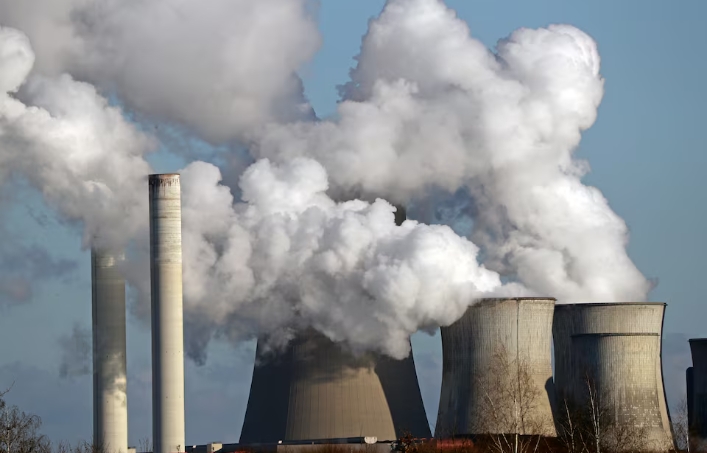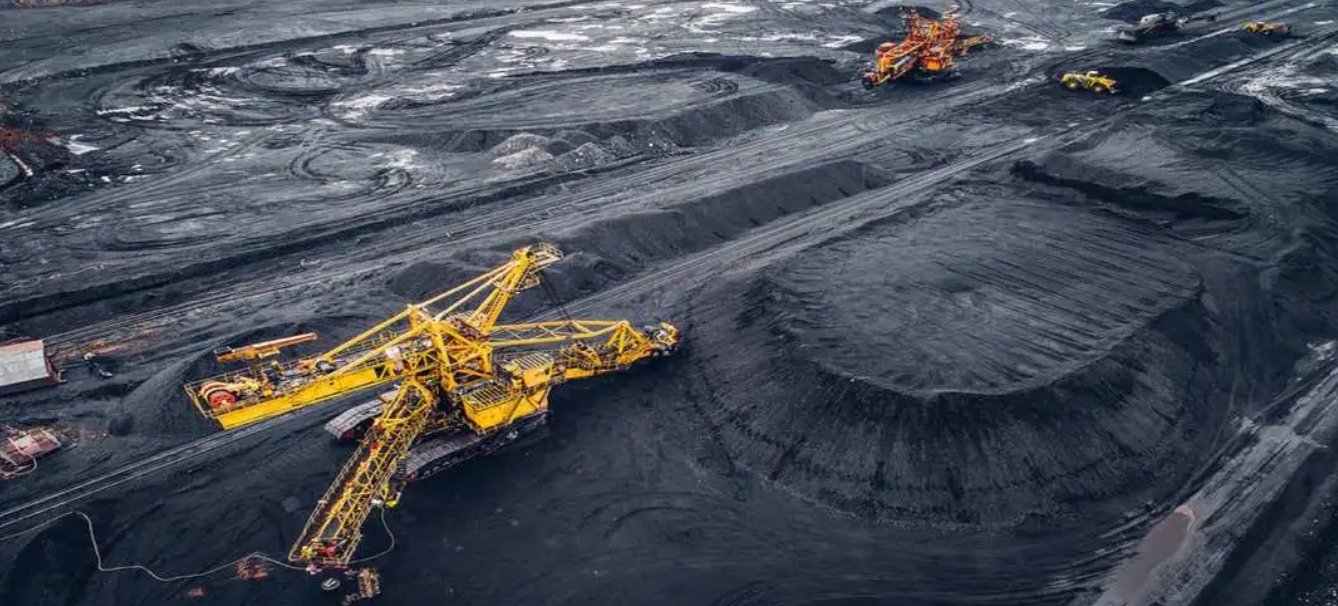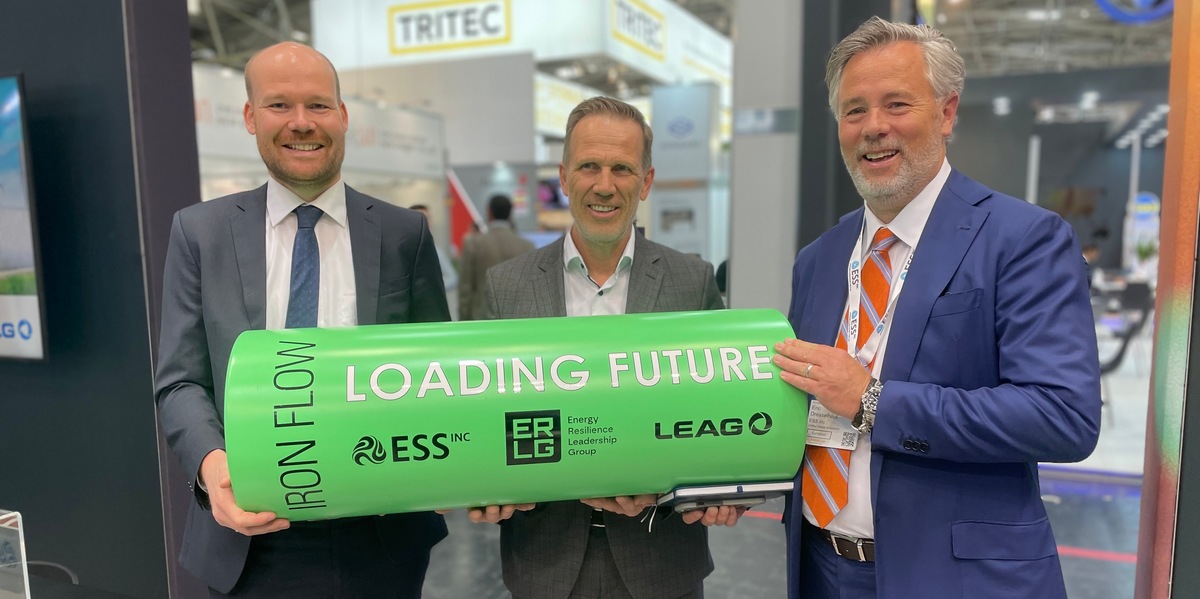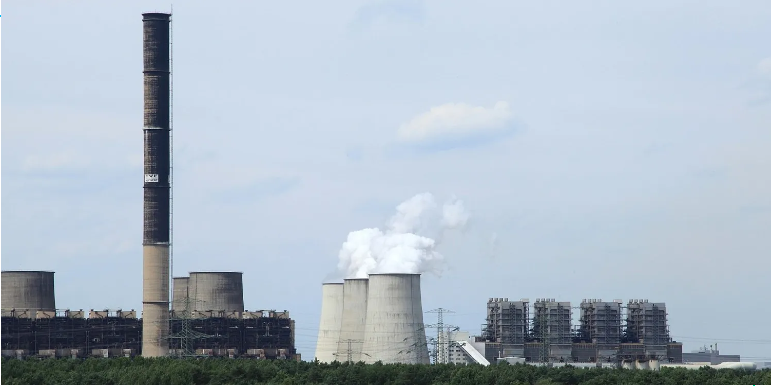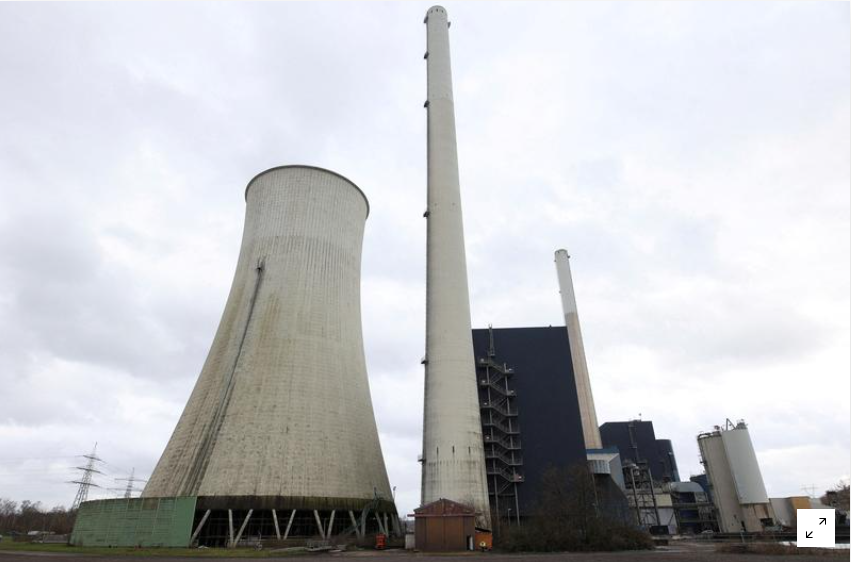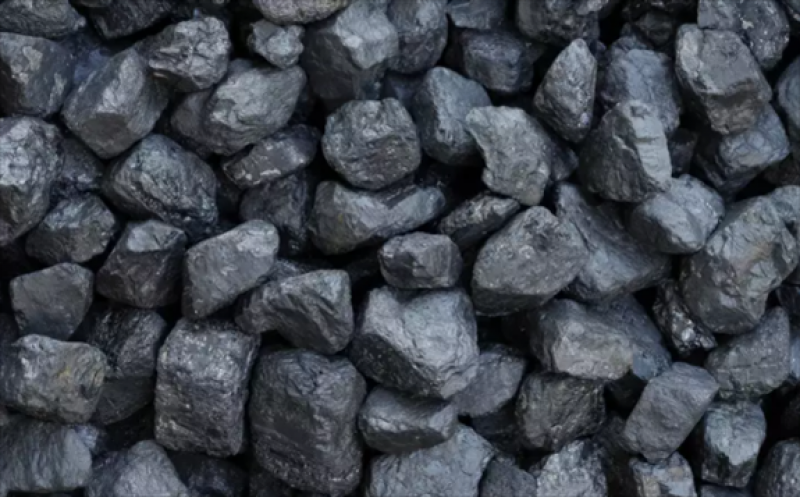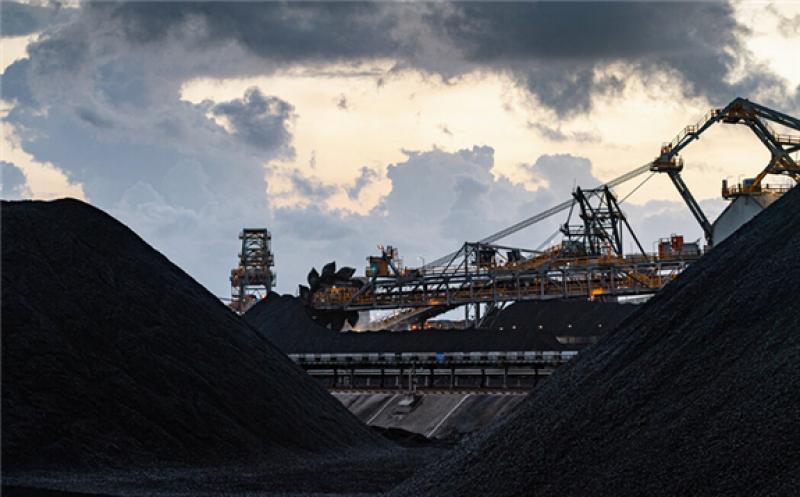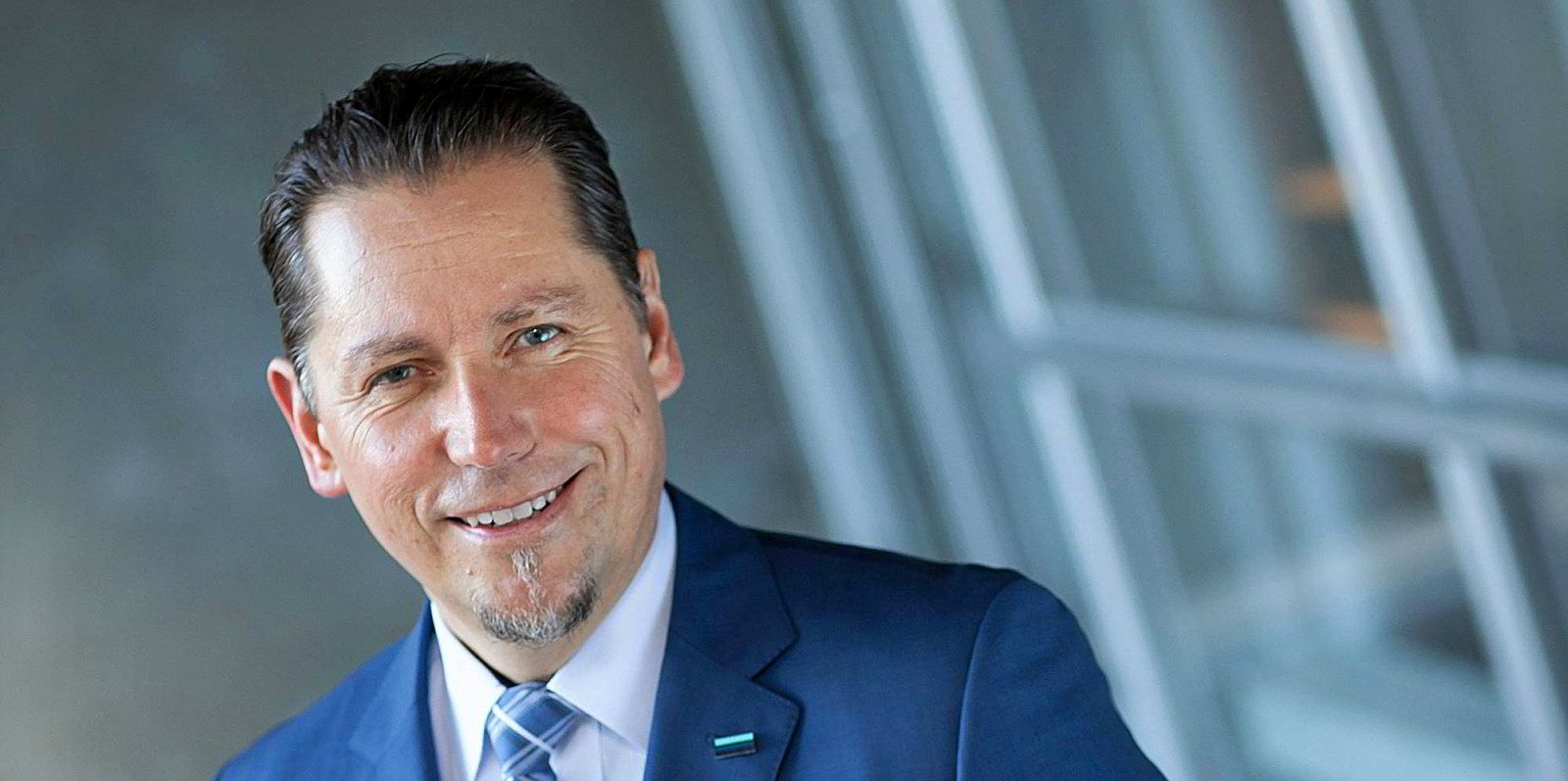
Hydrogen – including that made from fossil gas with carbon capture and storage (CCS) - must make up 15% of the global energy mix by 2050 for the world to stand a chance of meeting these goals, the Norway-based group said in its Hydrogen Forecast 2050 report.
But H2 uptake is “very low and late”, currently on track to reach just 5% by mid-century, and just 0.5% by 2030, the report said.
Even frontrunner Europe will miss its target of producing 10 million tonnes per year of hydrogen by 2030.
“Very large quantity”
Meeting Paris goals will require not just the deep decarbonisation of today’s hydrogen demand of 90 million tonnes, but also “an additional very large quantity” of low-carbon hydrogen and derivatives for use as an energy carrier, DNV said.
In fact, DNV analysts predict that demand for hydrogen as an energy carrier will reach 90 million tonnes by the 2040s, reaching approximately 235 million tonnes by 2050 for use in heating in industry, shipping and aviation, and energy storage.
“Hydrogen is essential to decarbonise sectors that cannot be electrified, like aviation, maritime, and high-heat manufacturing and should therefore be prioritised for these sectors,” said Remi Eriksen, CEO of DNV. “Policies do not match hydrogen’s importance. They will also need to support the scaling of renewable energy generation and carbon capture and storage as crucial elements in producing low-carbon hydrogen.”
The Norwegian firm noted that uptake is advancing more quickly in some regions than in others. Europe, for example, will see H2 making up 11% of its final energy mix by 2050, with OECD Pacific countries (Australasia, Japan and South Korea) reaching 8%. Almost all other regions, including China, will languish below 7% on current trajectories.
To accelerate this process, policymakers must target fiscal and regulatory support that stimulate production and offtake simultaneously, the Norwegian firm said.
“Direct funding is the main tool supporting scaling of low-carbon hydrogen production by lowering CAPEX costs,” it explained in the report. “Demand-side policy must stimulate offtake. Fiscal policies (e.g. carbon pricing, taxes reflecting carbon efficiency/pollutants) are needed for low-carbon hydrogen to compete with unabated fossil-based hydrogen.”
It added: “Market-based instruments such as contracts for difference (CfDs) can cut OPEX costs and offer predictable terms for producers and end users.”
The standards firm also called for targeted support that would ramp up renewable energy capacity to support a green hydrogen roll-out, and a “comprehensive regulatory toolbox”, noting that hard-to-abate sectors require tailored support for retrofitting equipment.
This would help with fuel switching, it added, warning that under current trajectories just 85% of hydrogen used in energy and as a feedstock will come from electrolysis or abated fossil fuels by 2050 – including “grid-based” electrolysis which will only be as renewable as the generators supplying the grid. In total DNV projects that just 56% of hydrogen production will come from electrolysis by 2050.
Policymakers should also introduce “guarantee of origin” frameworks for hydrogen, which with fiscal support such as carbon pricing and CfDs, unlock large-scale investment in the sector, DNV noted.
Blue respite?
Electrolysis will be the dominant source of hydrogen production by mid-century, accounting for 72% of H2 demand for energy purposes only, powered by a global electrolyser capacity of 3,075 GW, DNV said, although it did not include an estimate of the amount of renewables capacity required to power it.
China will dominate electrolyser build-out, with 258GW of capacity by 2030 and 1,248GW by 2030, more than double the next biggest, Europe, which will see 111GW and 574GW in 2030 and 2050 respectively.
Based on these figures, DNV calculates that Europe will be producing approximately 6.6 million tonnes of green hydrogen at regional operating hours by 2030. Given that the EU is unlikely to see much blue hydrogen production, this means that the bloc will fall short of its 10-million-tonne target, it said.
But while the prevailing view on blue hydrogen has been gloomy of late on the back of skyrocketing natural gas prices, DNV bucked this trend with the view that blue H2 will have a role to play in the short-term. In fact, it believes that blue hydrogen with CCS will account for 30% of production in 2030 as gas prices reduce, before dropping off as renewable energy capacity increases.
